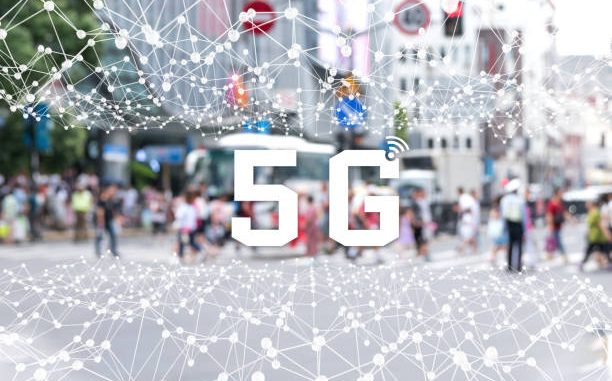
I. Introduction
The introduction provides a brief overview of the focus of the blog post on the synergy between 5G technology and the Internet of Things. This sets the stage for further discussion.
The Internet of Things (IoT) is a network of interconnected devices, appliances, vehicles, and other physical objects equipped with sensors, software, and connectivity features that enable them to collect and exchange data. Meanwhile, 5G technology represents the fifth generation of wireless communications networks, promising higher speeds, lower latency, and increased reliability. Together, these two technological forces are set to change our world.
II. Understanding IoT and its current limitations
This section defines IoT and highlights its current limitations due to existing network technologies. It discusses how IoT devices often rely on slow networks with limited bandwidth, which can hinder their full potential.
III. Power of 5G technology
Here, we will learn about the capabilities of 5G technology in detail. It explains the key features of 5G, such as faster data transfer speeds, low latency, and improved network reliability. This section emphasizes how these features make 5G an ideal partner for IoT applications.
IV. Advanced connectivity for IoT devices
This section discusses how 5G technology provides enhanced connectivity for IoT devices. This suggests that 5G networks can support a significantly larger number of simultaneously connected devices than previous network generations.
V. Low latency for real-time applications
The blog post shows how 5G’s low latency is a game-changer for IoT applications. It discusses real-time applications in areas such as health care, autonomous vehicles, and industrial automation that can benefit from the low latency of 5G.
VI. Better security and privacy
This section addresses the advanced security and privacy features of 5G networks and how they contribute to the security of IoT devices and the data they transmit.
VII. IoT in Healthcare
Using healthcare as a case study, this section explores how 5G and IoT could revolutionize the industry. It discusses the potential for remote patient monitoring, telemedicine, and life-saving applications.
VIII. Smart cities and infrastructure
This section focuses on the application of 5G and IoT in building smart cities and infrastructure. It explains how these technologies can optimize resource management, traffic control and urban planning.
IX. Industrial IoT (IIoT)
The blog post discusses how 5G technology can transform the industrial sector through the Industrial Internet of Things (IIoT). It finds applications in manufacturing, logistics and predictive maintenance.
X. Role of Edge Computing
This section highlights the importance of edge computing in the context of 5G and IoT. It explains how processing data closer to the source can reduce latency and improve the efficiency of IoT applications.
XI. Challenges and ideas
The blog post highlights the challenges and considerations related to implementing 5G and IoT. It discusses issues such as infrastructure deployment, security concerns and the need for international standards.
XII. The future of 5G and IoT
In this section, the blog post looks towards the future and speculates on how 5G and IoT may evolve and impact different industries.
XIII. conclusion
The conclusion summarizes the main points discussed in the blog post and emphasizes the transformative potential of 5G technology in enhancing the Internet of Things. It fills the reader with a sense of excitement about the future of technology and connectivity.
Leave a Reply